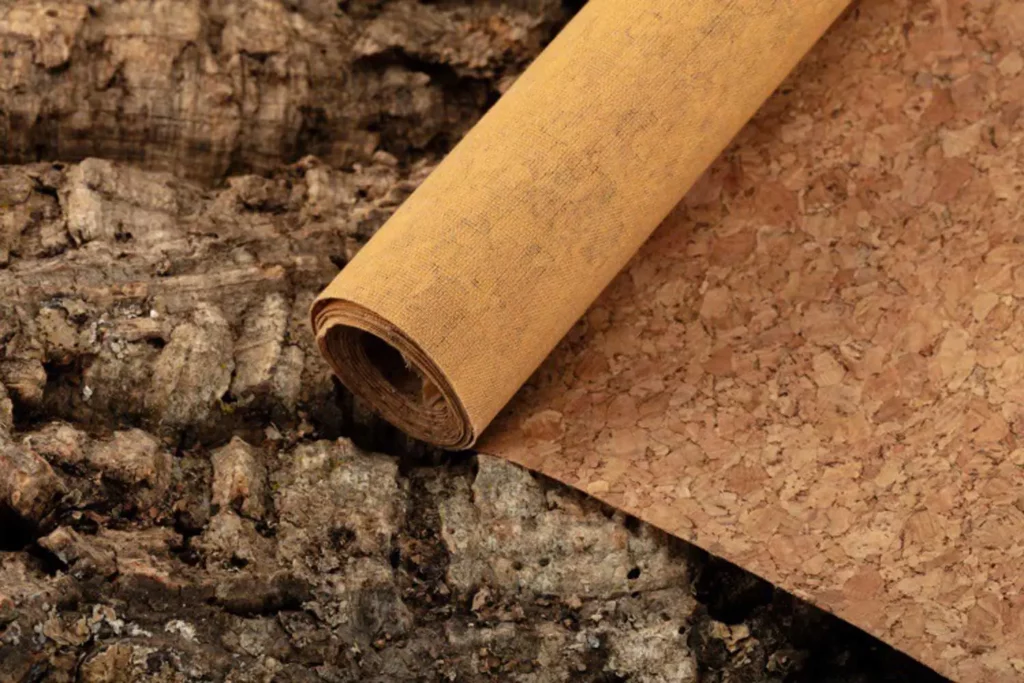
COVID-19 served has brought many changes to our world, our lifestyles, and us. People are now consciously shifting to environmentally friendly lifestyles, adopting sustainability, and actively participating in practices that protect the environment. To support these initiatives, designers are coming up with innovative sustainable designs. So, we’ve listed 20 fresh sustainable designs!
Listed in 1-2 chapters for space reasons.
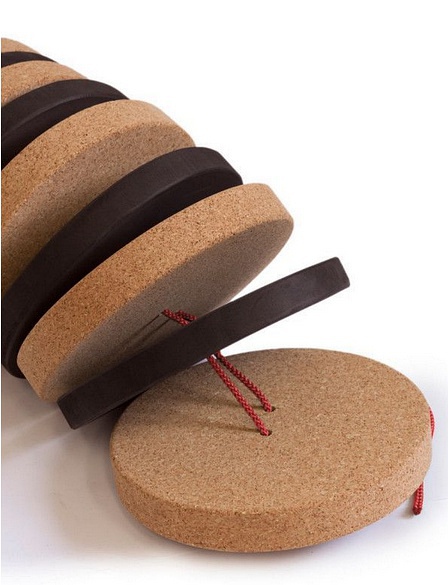
Cork is the national treasure of Portugal. Because of its anti-desertification, air purification and high economic added value, the cork oak is considered a national heritage in Portugal and has been protected by legislation for centuries. The harvesting of cork does not harm the trees it is harvested from, in fact it is beneficial and prolongs their life. No toxic waste is produced during the processing of cork leather, and cork production does not cause environmental damage. Cork forests absorb 14.7 tons of CO2 per hectare and provide habitat for thousands of rare and endangered species of animals.
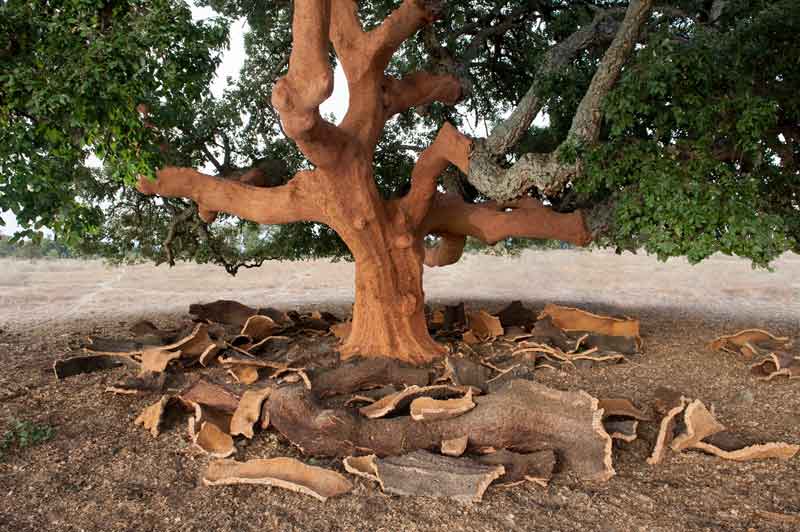
Cork leather is made from the bark of the cork oak tree. Cork leather is soft, flexible and lightweight. Its elasticity means it retains its shape and its honeycomb cell structure makes it waterproof, flame retardant and hypoallergenic. It does not absorb dust and can be wiped clean with soap and water. Cork is resistant to wear and tear and will not rot. Cork leather is surprisingly tough and durable.
Products made of cork are environmentally friendly, sustainable, renewable, biodegradable, and have many excellent physical properties, and many designers use them in designs such as cork purses, cork wallets, and cork sofas, and more. And the reprocessing process, there are some cork scraps produced, that we will not waste, after the system of wind screening, the right cork particles are pressed into new products, such as cork balls, cork pads, cork insoles, etc., and the remaining can not be reused cork residue can be made into fertilizer use.
Studio Sarmite, a Latvian designer, developed PineSkins, a versatile leather-like material made from the inner bark of pine trees.
The pine trees used in the project are a by-product of the logging industry and are intended to create an alternative mode of production for the deforestation industry, thereby reducing dependence on wood.
From earthy to pink to a deep terracotta color with a woody scent, PineSkins has a unique look that feels familiar.
Freshly harvested bark is first treated with a bio-softening solution, then colored pigments and natural waxes are used to keep the bark natural and durable.
The studio created a new process for the project that gives value to this unassuming material in the forest while generating income for local people.
PineSkins invites one to slow down in order to experience the touch and smell of the forest, and its natural texture will stimulate your senses, especially when walking barefoot on the bark carpet.

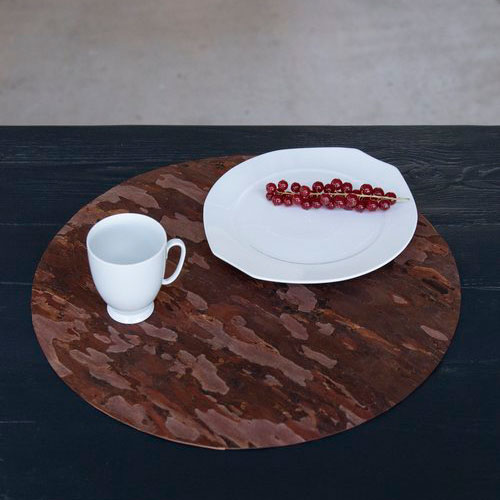
In the traditional wood industry, the manufacturing of products is a subtractive process and therefore generates a lot of waste.
Nihal Aarons, in collaboration with material designer Lagusa Gusart, has created a relatively sustainable material, Wooden Foam, that gives new value to wood waste.
Wooden Foam is a new material with a woody and foamy feel that has an appealing aesthetic, using waste sawdust as its main ingredient.
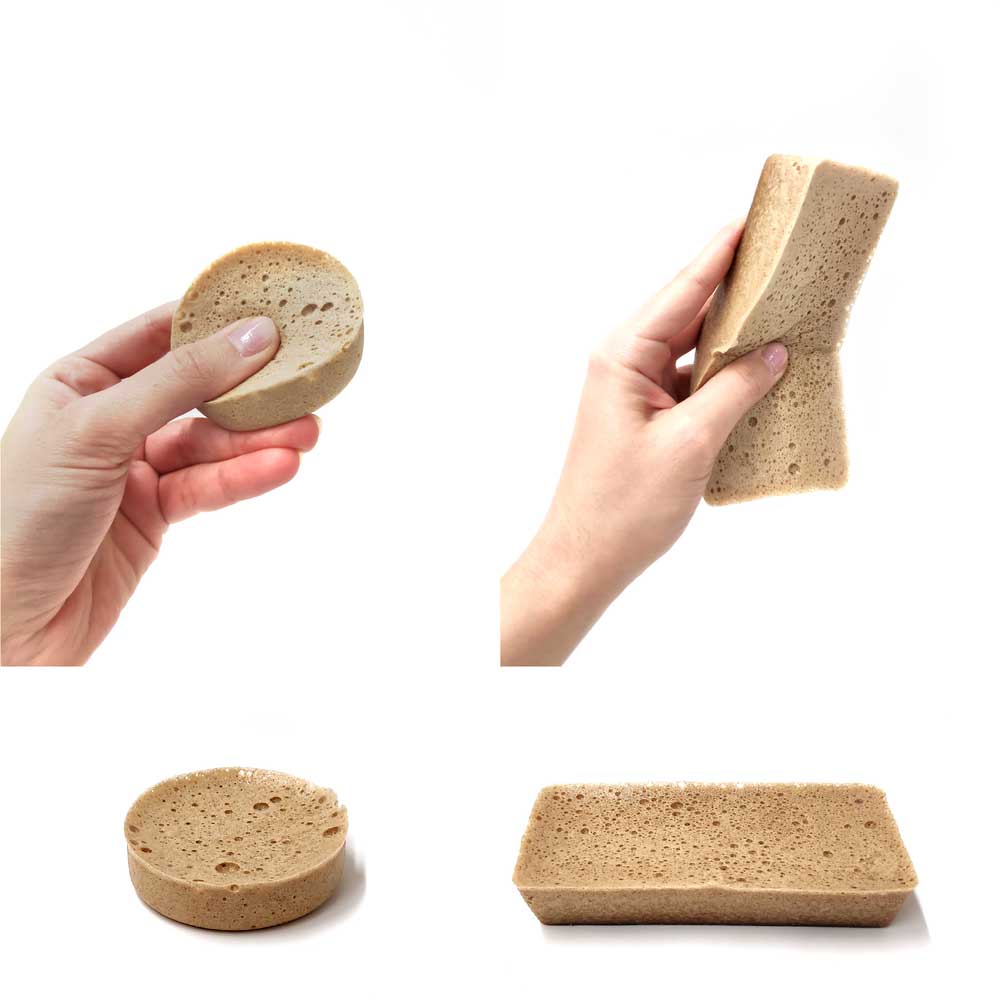
In the production process, designers obtained bioplastic based on gelatin, agar and glycerin, and then used soap as a foaming agent.
All the ingredients are of natural origin except for soap, which may also be replaced in the future by more environmentally friendly ingredients, such as waste oil or biodegradable soap.
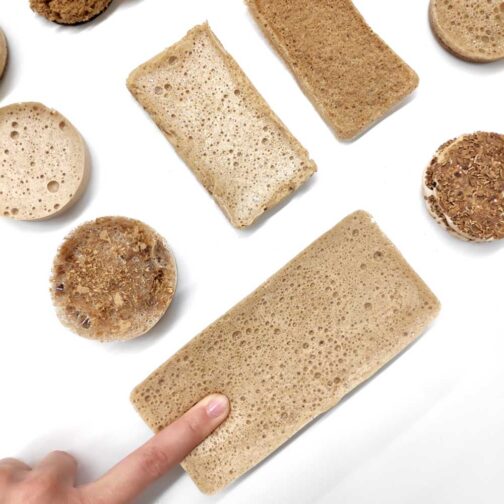
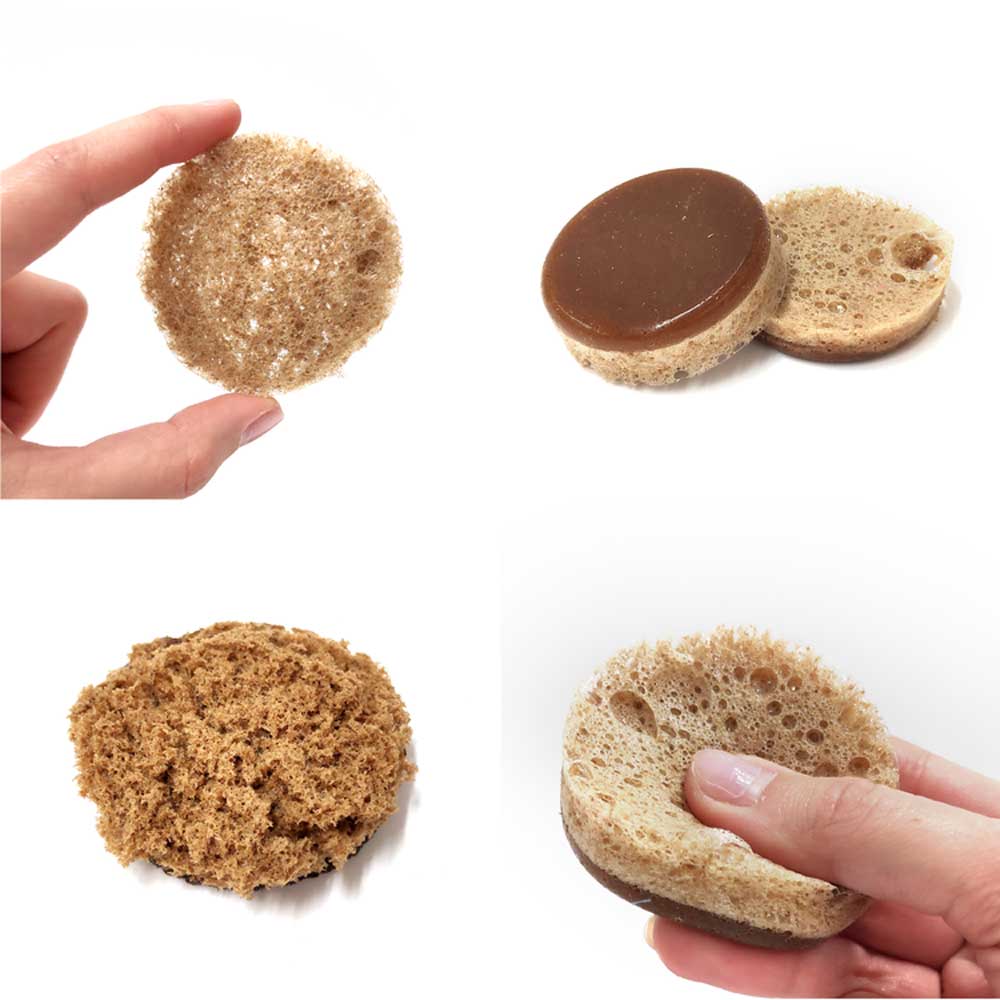
In addition, with minor modifications to the formulation or casting process, the material can have a variety of properties for a wide range of uses that can include packaging, sound insulation, thermal insulation, lining and protective layers.
These material experiments, the designers say, can transform the way people view materials and interact with the physical world in a new light.
Burning waste straw causes a lot of pollution? What to do? Recently, design team XiaoLab‘s WHECAT project turned wheat straw into sustainable pet products, offering a solution to the excessive burning of agricultural waste.
The project not only redefines the commercial value of wheat straw but also increases villagers’ income while passing on the art of handcrafted wheat weaving to meet the modern demand for high-quality pet products.
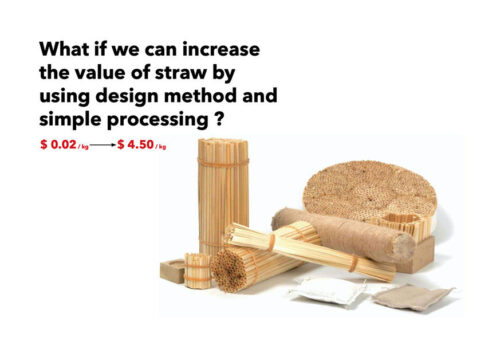
Farmers often burn wheat straw because it takes up a lot of arable land and degrades slowly, but inspired by traditional straw weaving in Shaanxi, the designers saw the potential for wheat straw to become a new sustainable material.
To make the shape more appealing to cats, the designer bent the top of the product into the shape of a cat’s ear. The unique woven structure of wheat straw makes it both a cat nest and a cat scratching board, and the wheat straw material is also popular with cats.
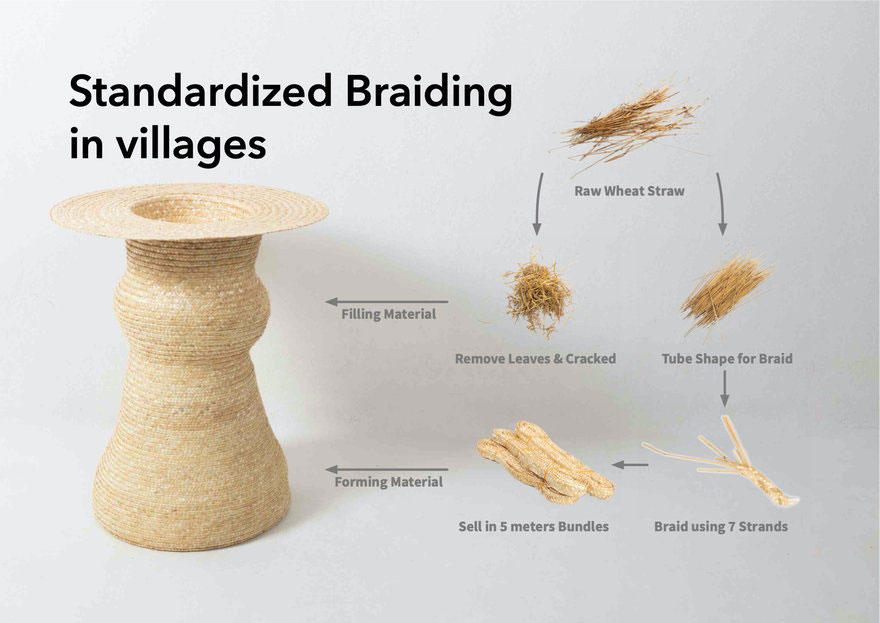
Since there are many stray cats in the city in winter, the studio also cooperated with animal protection organizations to introduce low-cost, biodegradable stray cat nests to ensure environmental friendliness while conducting stray cat de-sexing and rescue.
In the production process, farmers will first recycle straw to their homes and then use their free time to weave it, regularly sending the braided straw to the factory for a substantial payment.
The factory then commercializes the primary production braiding method for making cat nests.
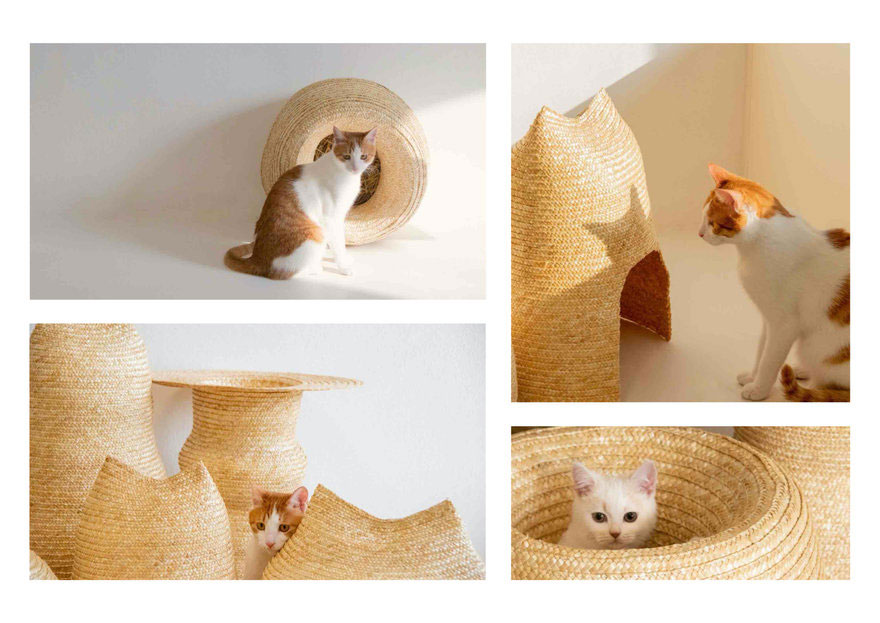
In recent years, many major brands have been trying to reduce the environmental impact of their sneakers.
German designer Emilie Burfeind recently developed a sock-like sneaker, the Sneature trainer, with a sole made from mushroom mycelium and an upper made from dog hair that is shed during grooming and which would otherwise be discarded.
The shoe is made up of just three biological, renewable materials, which allows it to be broken down and recycled, or industrially composted at the end of its use.
In contrast, traditional athletic shoes are typically made of about 8-12 different components, many of which are made from petroleum and can exist in landfills for 1,000 years.
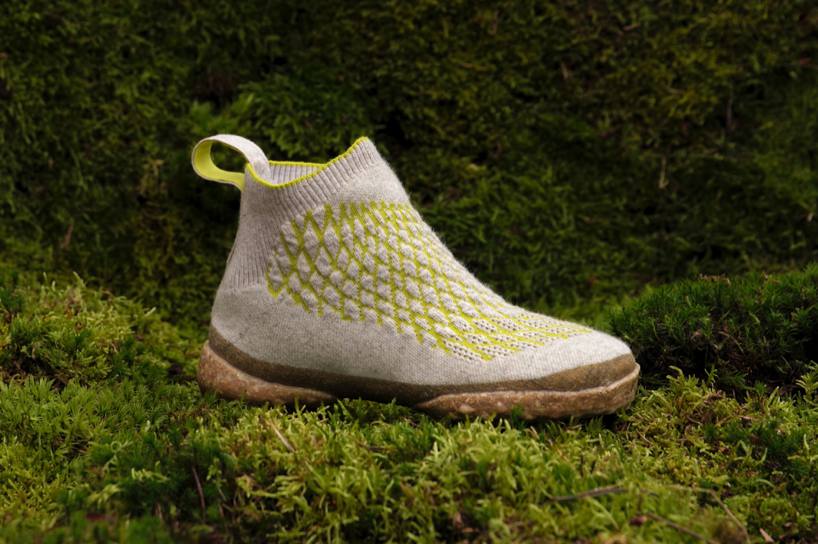
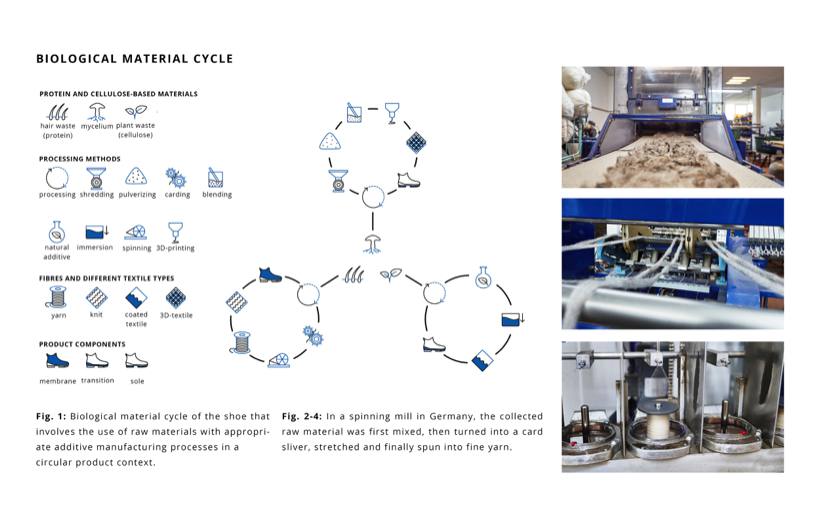
Traditional sneakers are almost impossible to disassemble and recycle because of their complex structure and different materials,” Burfeind said. So I wanted to design a sneaker that consisted of as few materials as possible and could be biodegradable after use.”
The sneaker has no laces and consists mainly of a seamless sock made of dog hair, collected from dog owners by Berlin-based startup Modus Intarsia.
The hair is spun into a high-quality yarn called Chiengora, which provides 42 percent more insulation than wool and was historically used by Native American societies on the West Coast.
In Germany alone, 80 tons of raw Chiengora are discarded each year,” the designer said. Domesticated dogs are no additional burden on the environment and are a resource that exists compared to animals bred solely to produce the fiber.”
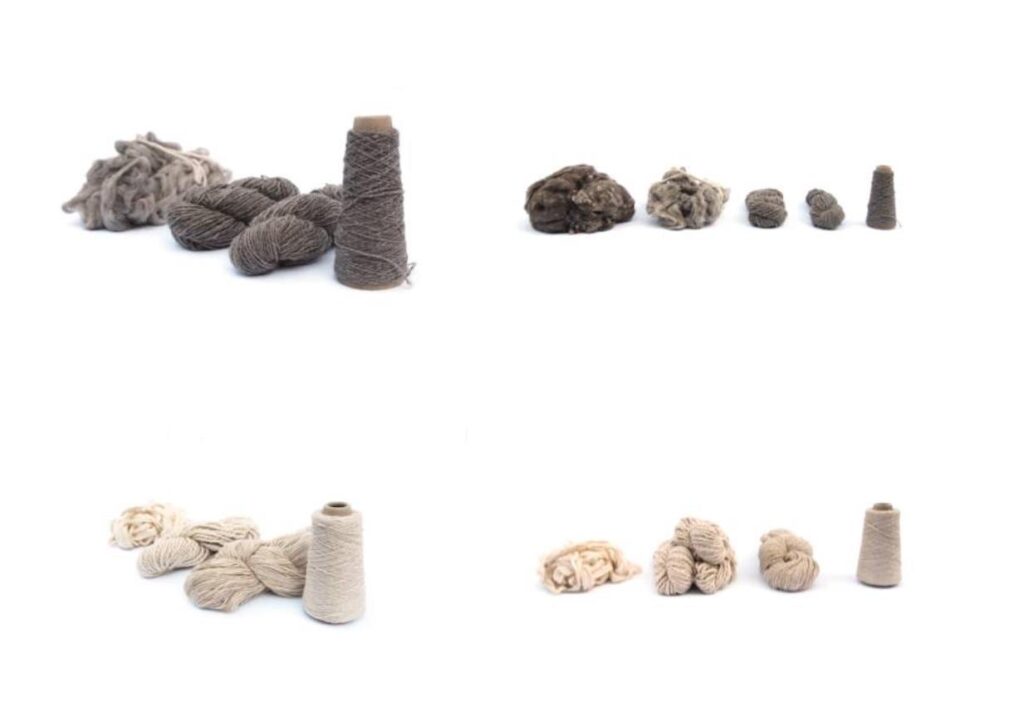
Burfeind relies on 3D weaving technology to create the uppers, a process that allows for digital, three-dimensional patterns to be “printed” in a single pass, with no seams or waste. Crucially, it also means that the final design can have different properties without the need to introduce different materials.
Finally, the resulting footwear is dipped into liquid natural rubber extracted from the sap of Brazilian rubber trees, resulting in a waterproof fender on the sole of the shoe.
Mycelium, a fine filamentous structure used by fungi to grow, is mixed with a cellulose matrix made from hemp and other agricultural wastes and grown in a mold to form the insole and outsole of the shoe.
After this, the mycelium composites can be shredded and reused, while the fabric can be carded and separated into individual fibers that can then be spun into yarn. Alternatively, the materials can be broken down in about four weeks by an industrial composter so that their nutrients can be re-cycled ecologically.
Burfeind says the process runs faster, with smaller production equipment and less energy than traditional sneakers.
Rebirth is a biomaterial made from agricultural waste, designed to contribute to circular sustainability and provide an economical and environmentally friendly solution.
Usually, waste straw is burned intensively in rural areas, resulting in lower air quality, as well as polluting the water table and reducing soil fertility.
So designer Zhenjing Lang designed biodegradable locally sourced materials using this straw as a natural resource.
She manufactured it in sheets, with the thinner sheets in the final product exhibiting cardboard-like properties and the thicker sheets resembling MDF and wood.
The material can be molded, laser-cut, and dyed, but in addition, it is lightweight, decomposes without leaving any contaminants, and can be remolded at high temperatures.
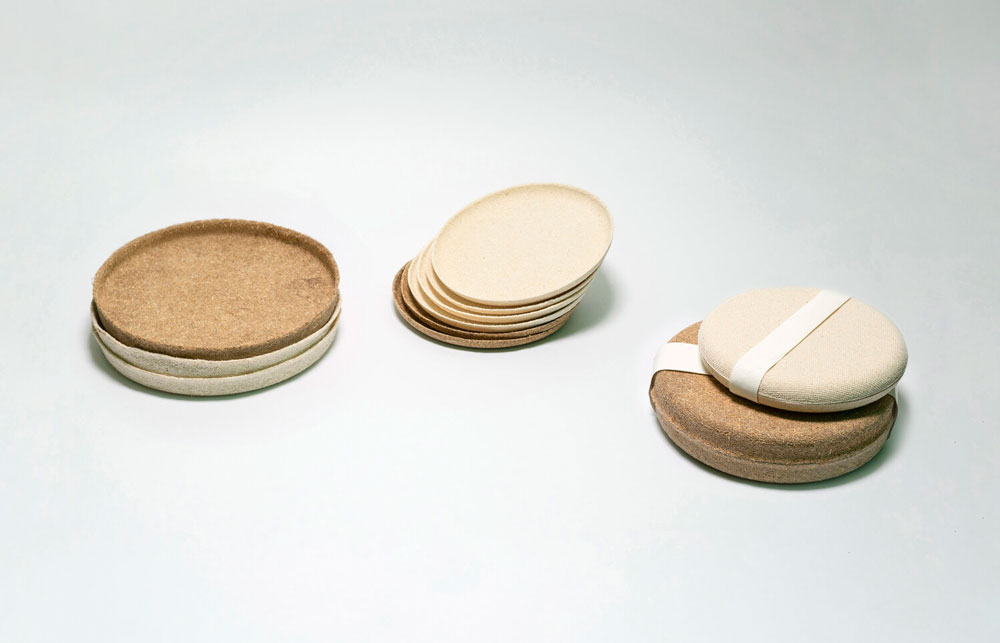
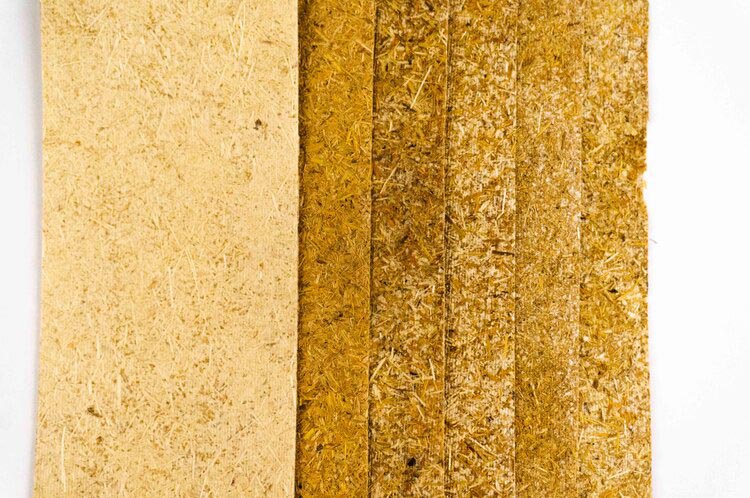
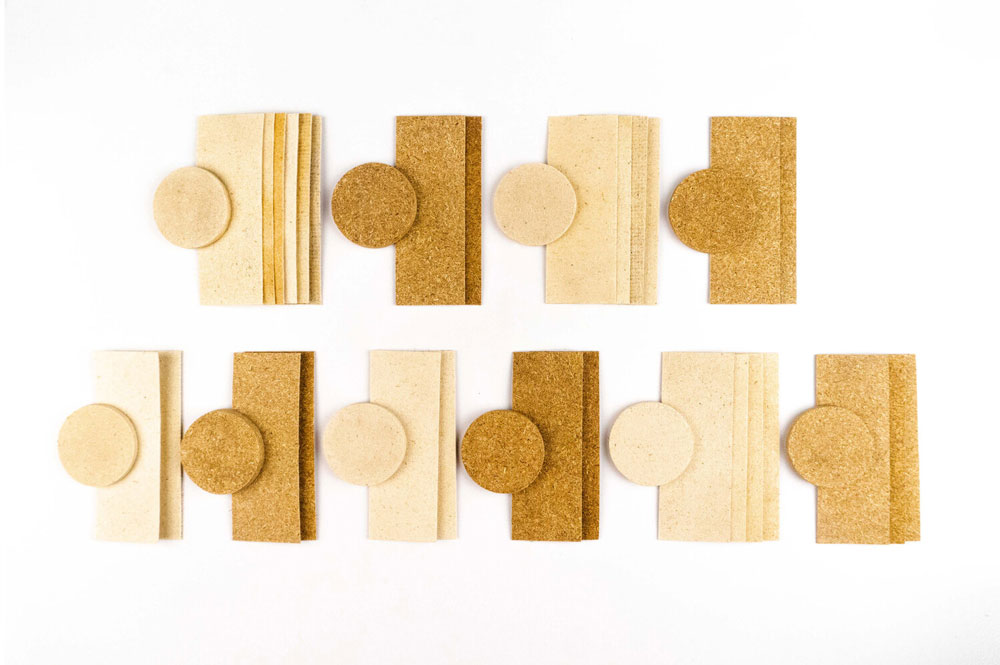
Flower Matter is designer Irene Purasachit‘s ongoing research to dispose of the vast amount of waste from landfills by transforming discarded flowers into environmentally friendly materials.
Various sources say that 40 percent of commercially grown flowers are thrown away before they reach consumers.
And in Bangkok, where flowers are deeply rooted in the lifestyle, Pak Klong Talat, a flower market with more than 500 suppliers, generates about 1 cubic meter of flower waste per store per week, all of which goes to landfills as mixed waste.
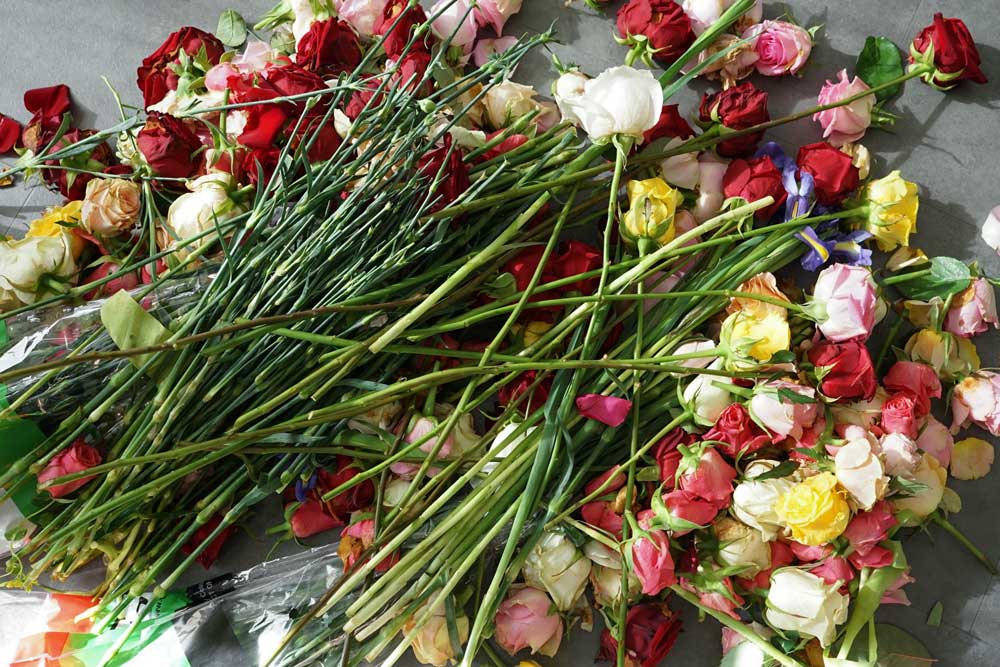
Flower Matter is a solution to reduce this waste stream by converting waste flowers into environmentally friendly materials such as paper and bio-leather and using them as sustainable alternatives for florist supplies and alternative raw materials for various products.
All materials are designed with biodegradability and recyclability at their core, and otherwise discarded materials are integrated into the industry and recycled.
Since flowers are essentially plants, the stems and leaves produce fibers, while the petals contain fewer fibers but are brightly colored and can be made into pigments, and with their base, a variety of bio-based materials can be made.
Flower Matter, a flower upcycling center, also supports local businesses in purchasing excess flowers, creating career opportunities, giving back locally produced eco-friendly materials, and contributing to the market for their communities.
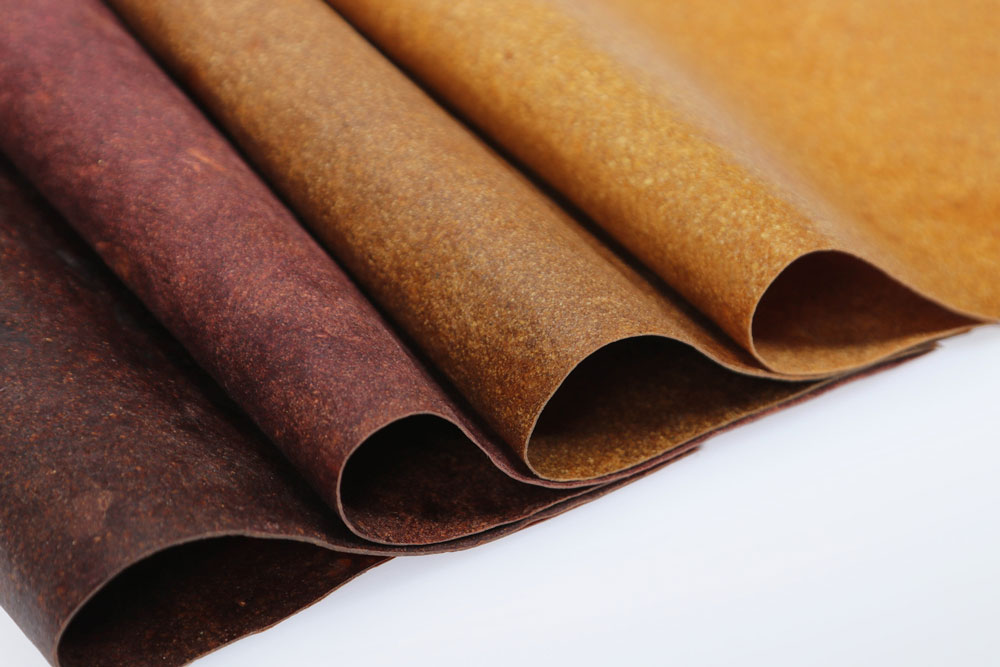
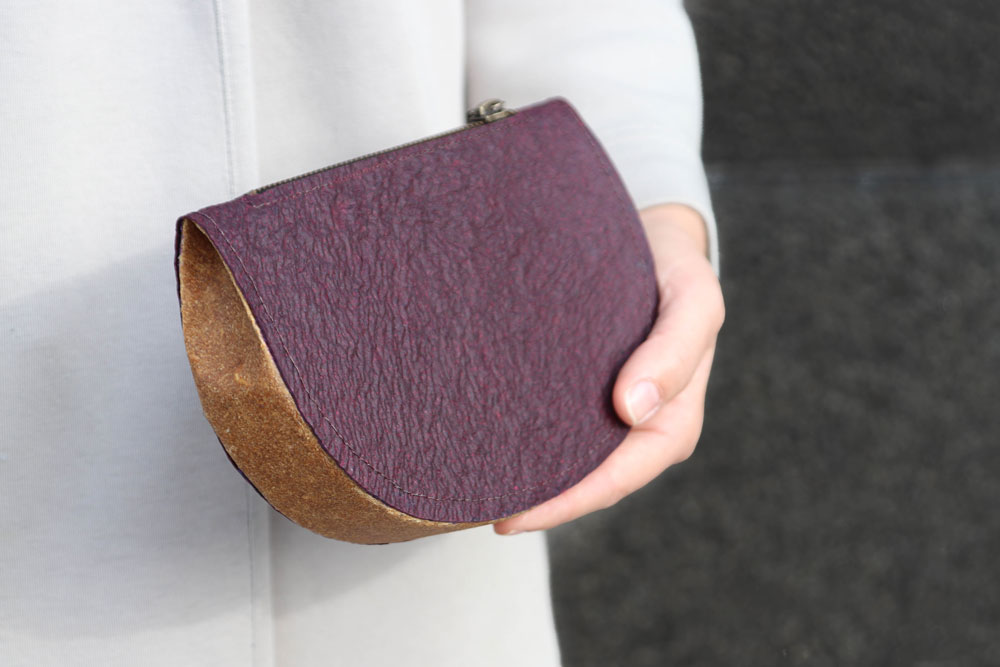
Adidas x Stella McCartney has launched a vegan spider silk biofiber tennis skirt
The dress is made of Microsilk, a bio-engineered yarn made from yeast by California biotech startup Bolt Threads, which Adidas says will eventually break down back into the environment, making the dress completely biodegradable.
While fabrics such as wool or cotton are often labeled as biodegradable, the chemical treatments they undergo when made into clothing can slow or completely stop the degradation process.
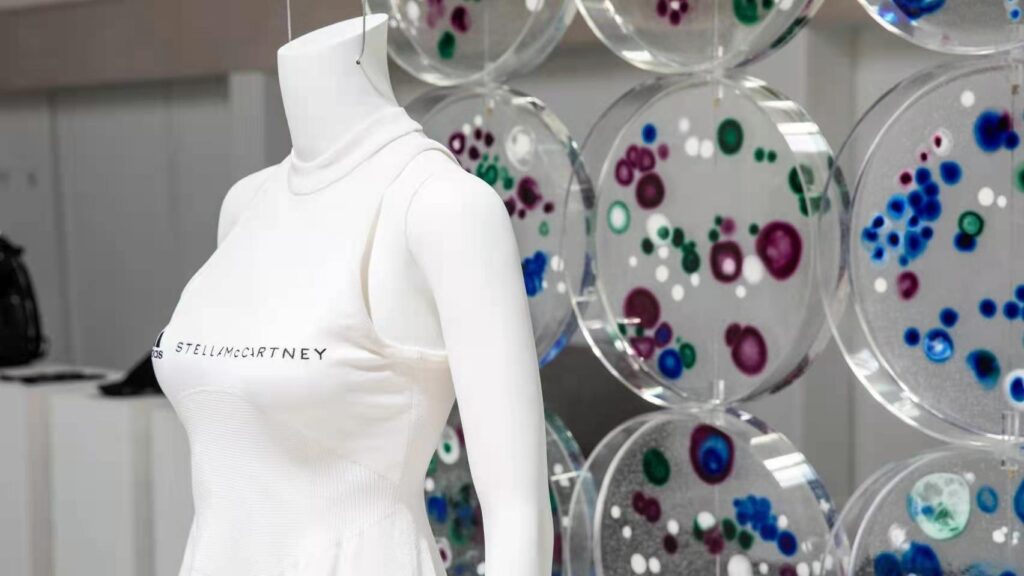
Fashion is one of the most environmentally damaging industries,” McCartney said. We can no longer wait for answers and alternatives. By creating a truly open approach to the textile waste problem, we can help the entire industry turn more sustainable practices into reality.”
To create the microfilaments, Bolt Threads studied argiope bruennichi spider silk – a type of orb-weaving spider that typically weaves its own web – and then recreated a version of this protein in the lab.
To do this, scientists at the startup used bioengineering techniques in the lab to implant genes into yeast. After being joined with sugar and water, the yeast produces the protein through fermentation. The liquid silk protein is extracted and spun into yarn to be woven into clothing.
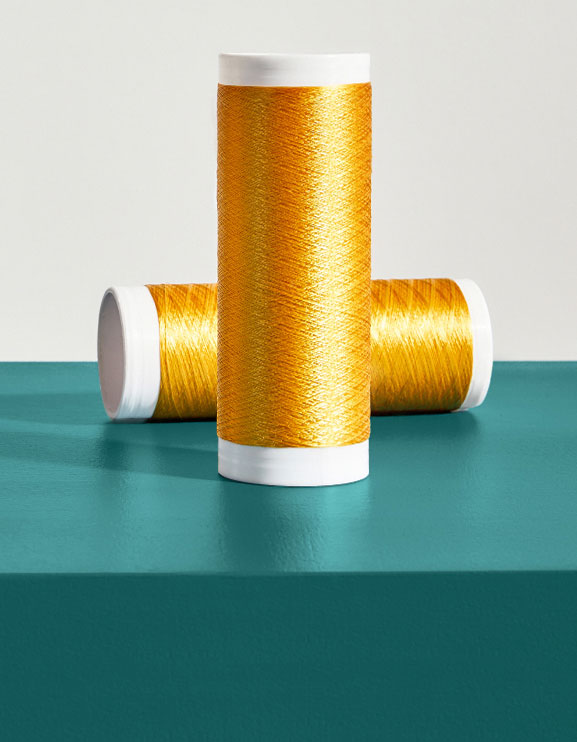
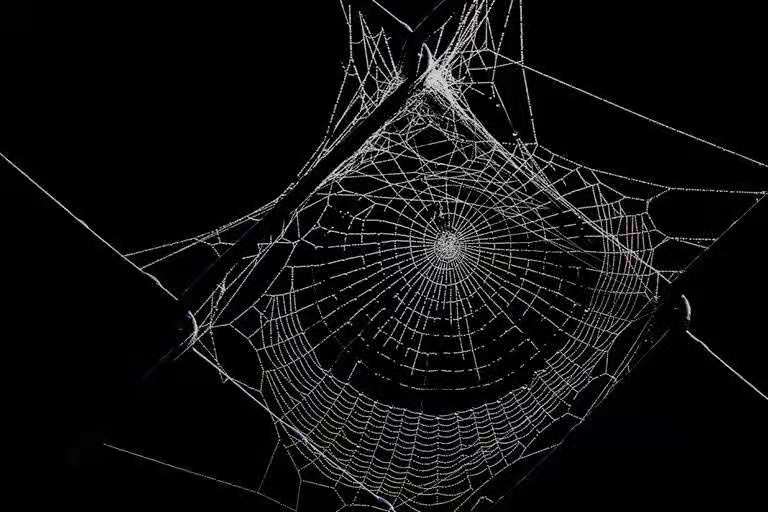
Microfilament is still in the development stage and there are no statistics to compare its water use with other fabrics, but Bolt thread claims that by using plants that can be regenerated, it is more sustainable than petroleum-based fibers (such as polyester).
The material is blended with a cellulose blend yarn to make a prototype dress like the one pictured here.
Currently designers are not held accountable for the environmental damage caused by the fashion industry, to which Stella McCartney said, “We need to impose new laws on designers because unfortunately if people don’t have to take responsibility, there’s no incentive for them to do so.”
Monika Shepherdson’s Onion project, which makes masks from bio-leather derived from natural onions, is good for the skin while protecting against the epidemic.
Nowadays, we have to wear masks every day to prevent and control epidemics, but for many people with acne wearing a mask every day can worsen skin health. Onions, on the other hand, are a material with anti-inflammatory properties, so they can be considered as a mask material.
Onions contain a variety of vitamins, minerals and antioxidants, and they are also high in vitamin C – a nutrient involved in regulating immune health, collagen production and tissue repair.
This onion bio-leather can also be used as a sustainable alternative to animal leather or plastic-based synthetic leather, helping to protect the environment.
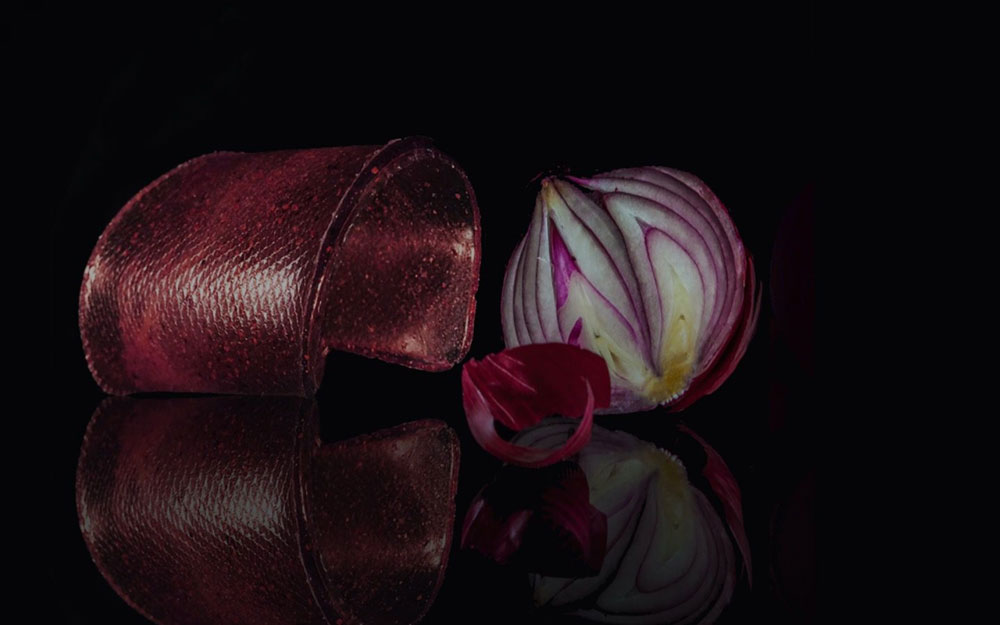
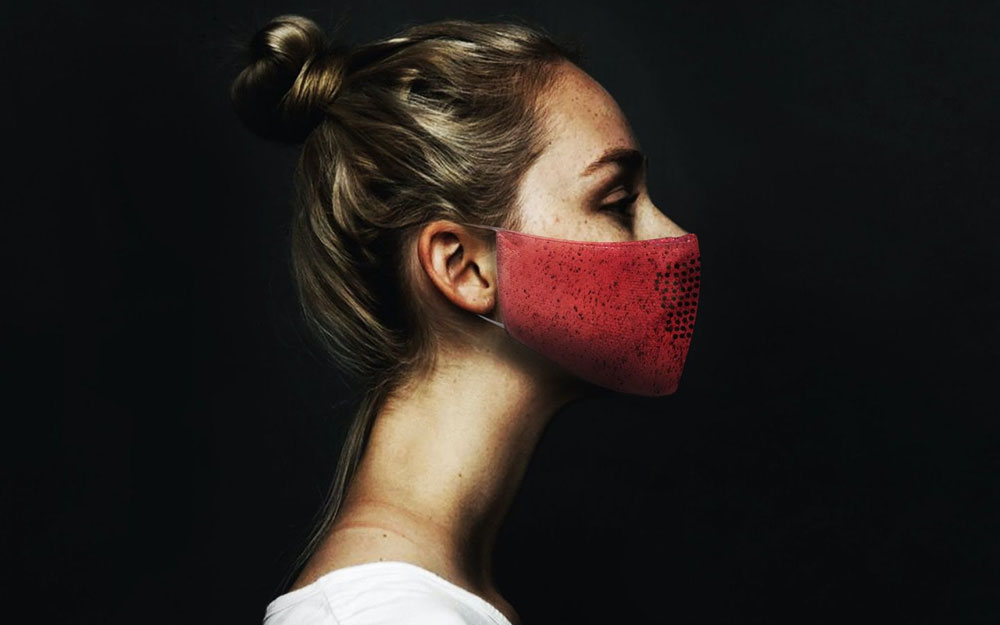
Based in the Netherlands, Musett Design is a company specializing in the production of carpets made from Abaca, a Philippine tree closely related to the banana tree, alias banana hemp (Manila hemp).
Abaca’s hemp-like fibers are nature’s tough fibers and can be used for paper, bags, rope and floor coverings.
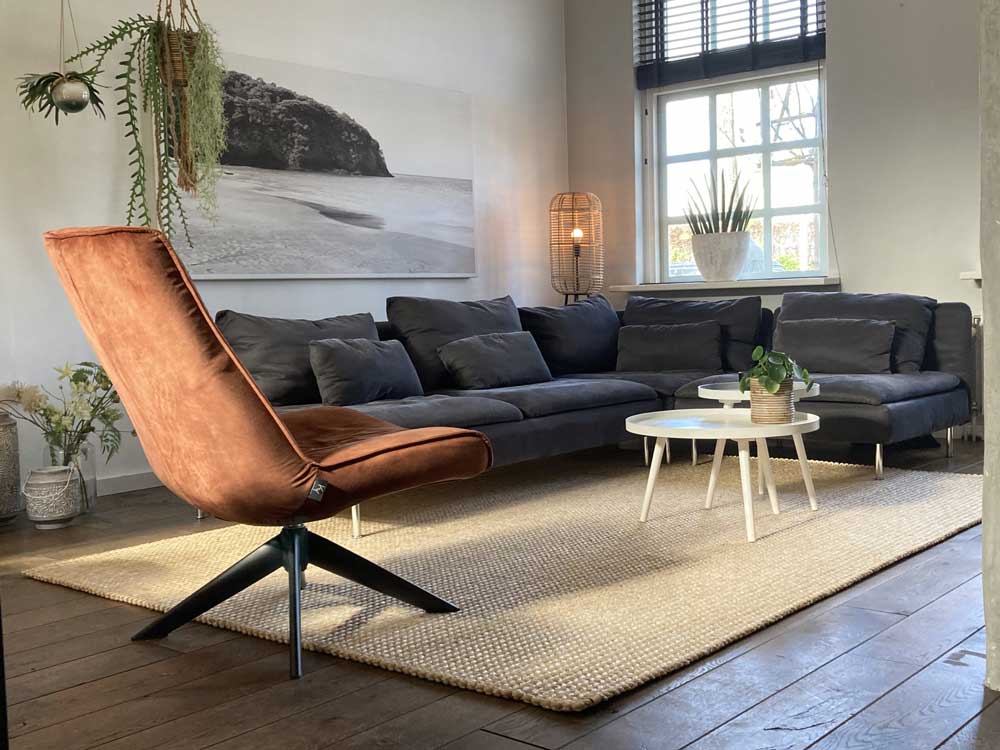
Since Abaca is native to the Philippines, its natural environment allows it to grow without any artificial help or fertilizer, which is an important basis for sustainability.
Its environmental friendliness is also reflected in the fact that growing Abaca in monoculture plantations and tropical rainforests (especially coconut groves) helps control erosion and restore biodiversity.
Planting Abaca also reduces erosion and sedimentation problems in coastal areas, improves the water holding capacity of the soil and prevents floods and landslides, which are important breeding grounds for marine fish. In addition to this, Abaca waste can be used as organic fertilizer.
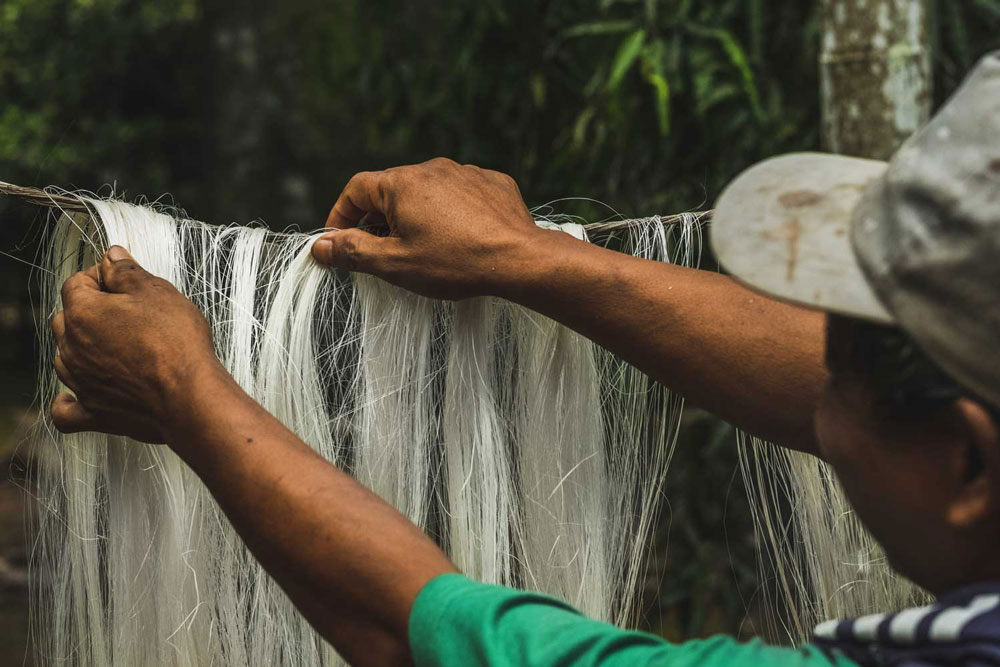
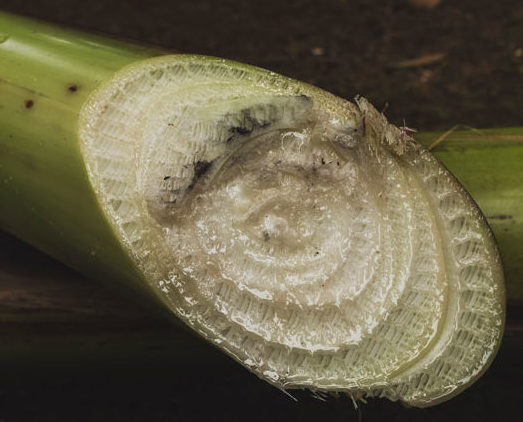
Abaca fibers cover almost every human hair color: platinum, gold, off-white, dark gold, brown, and ebony with a brown sheen. abaca carpets can add warmth to the interior with their unique colors, textures, and shapes.
Musett Design’s Abaca carpets are dedicated to high-end residential, yacht, or hotel flooring projects.
Musett Design seeks to break the “develop-make-dispose” cycle and is committed to building a good, clean and fair world where sustainability and social responsibility are key values.
Based on the many outstanding properties of cork, the cork can be made into cork fabrics, cork sports products, cork bags, etc., which are considered one of the best alternatives to leather.
Choose the right cork products to promote your low carbon sustainable project.

To save you time, we have also prepared PDF versions of all product catalogs
Download all products as a PDF
Download all products as a PDF
To save you time, we have also prepared PDF versions of all product catalogs, only leave your email and you will get the download link immediately.
Contact us to get a free quote and more expertise about cork fabric. Your project will meet a right solution with HZCORK.
